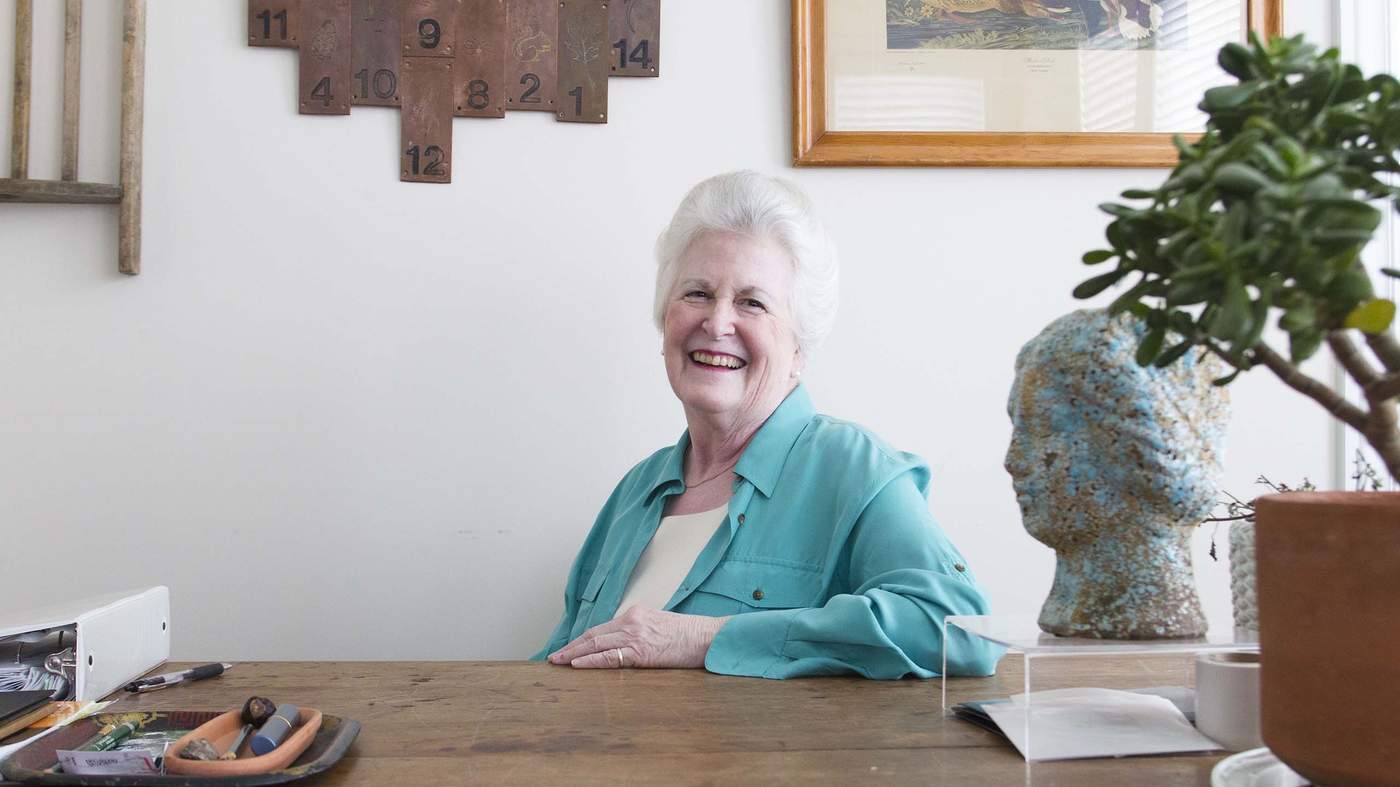Photo: A Japanese garden in Tokyo. AJC file.
3
A world apart
Laura became a fixture on the ward. She befriended everyone. Napalm burns over here, amputated limbs over there — the place was heavy with suffering. She walked from bed to bed and listened to all their stories. She couldn’t turn away from these lonely, hurting, heartsick men — boys, really. Many of them were younger than she was. Sometimes she would get to know a fellow, rejoice when he was mended, only to watch him shipped back to Vietnam. Later, she would hear that he had been killed in action. She suppressed her fear and anger in front of Tom, but in her room, she sobbed in her pillow.
“I didn’t know it then,” Laura said, “but I was absorbing all the grief of those men. I learned how to ride the trains in Japan because I needed to get away from the hospital.”
That’s how she discovered Japanese gardens.
The first time she got off the train in Tokyo, she elbowed her way through the hustling, harried knot of people and traffic, only to suddenly step into a small, perfect, quiet space that seemed to exist in a world apart, in a movie maybe. Lush green grasses and moss spread out under meticulously pruned pines and fruit trees. There was a small wooden bridge arching over a narrow stream that trickled over rock formations. The city and its noise seemed to vanish.
Laura did not realize how much stress she’d been under until she walked into that garden.
“It felt as if I’d been thirsty and suddenly found water,” she remembers. “It was life-giving. Nurturing. Almost as if I’d been touched by the Divine.”
On subsequent train trips, she found many of these “pocket” gardens maintained by the city, as well as larger community gardens. The Japanese, she learned, placed great importance on refreshing one’s mind through the contemplation of natural beauty. Unlike the gardens typical of Atlanta, these gardens were not riotous with color. Instead, they relied on shape, texture and precise placement to create peaceful havens. She could sit in the gardens for hours and the suffering at Kishine would be lifted from her soul for a while.
Laura turned 21 during the summer she spent in Japan, but by the time she returned to Atlanta she felt much older. She would forever be appalled at how casually societies send their young men off to war. She had seen the human cost up close.
ABOUT THE STORY
Freelance writer Laurie Eynon met Laura Dorsey at Northside Hospital, where they both serve as chaplains. Laurie was struck by her colleague’s quiet modesty, which belied her prestigious roots, and her lifetime of passionate dedication to peace and healing. It is an uplifting story of good from bad, hope from despair, serenity from chaos.
Suzanne Van Atten
Personal Journeys editor
personaljourneys@ajc.com
ABOUT THE WRITER
Laurie Eynon is a freelance writer and part-time chaplain at Northside Hospital. She and her husband Rob enjoy books, movies, and Atlanta’s great restaurants. She is a frequent visitor to Indianapolis where her children and grandchildren live. This is her third Personal Journey for the AJC.
ABOUT THE PHOTOGRAPHER
Chad Rhym is a photo intern at the AJC. He is a rising junior pursuing a bachelor of arts in Sociology at Morehouse College. This academic year, Rhym will serve as the senior copy editor and photography editor for the Maroon Tiger, Morehouse’s student publication, brand manager for Morehouse’s Student Government Association, and will be participating in the 2017-18 Georgia News Lab.






Please confirm the information below before signing in.